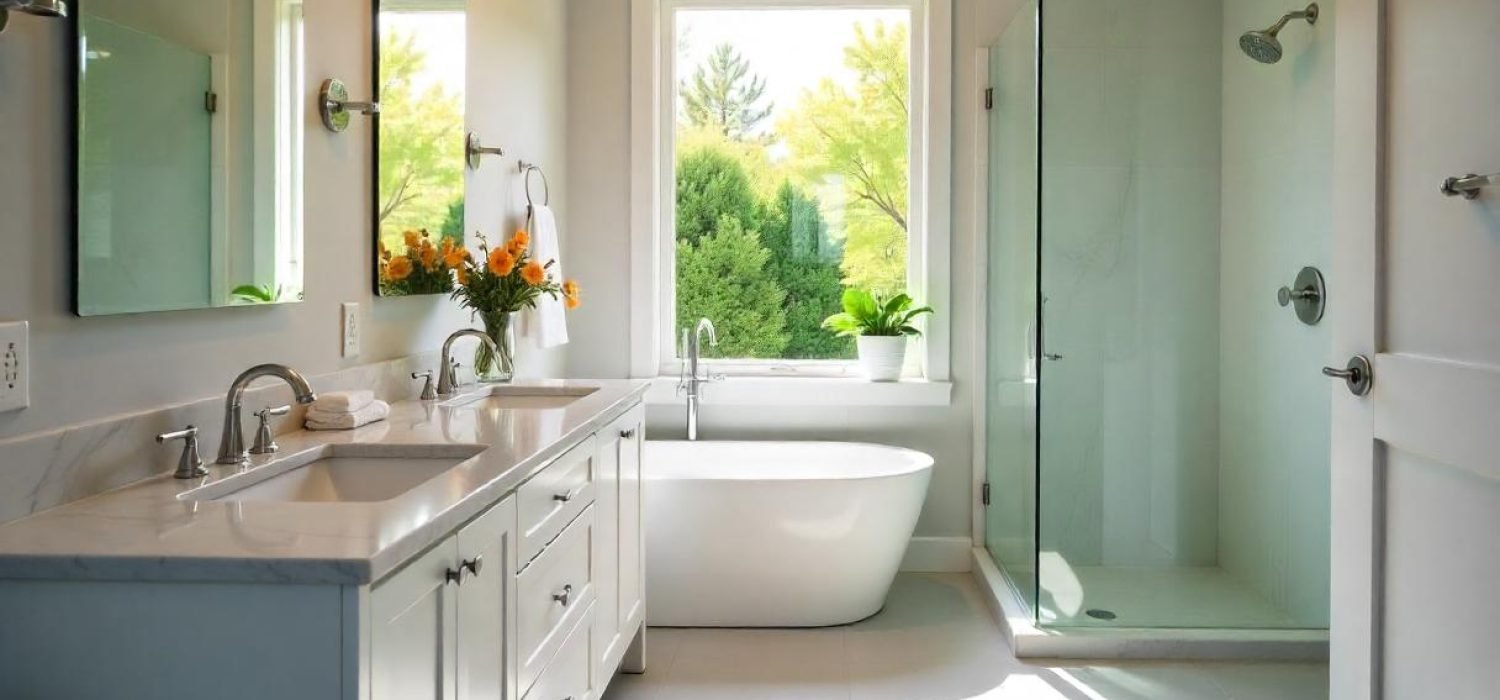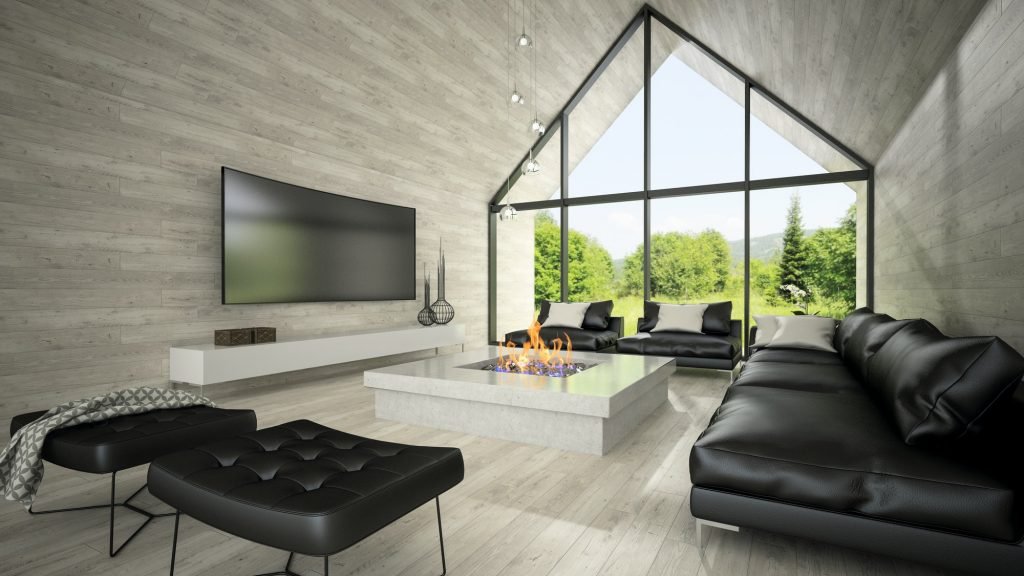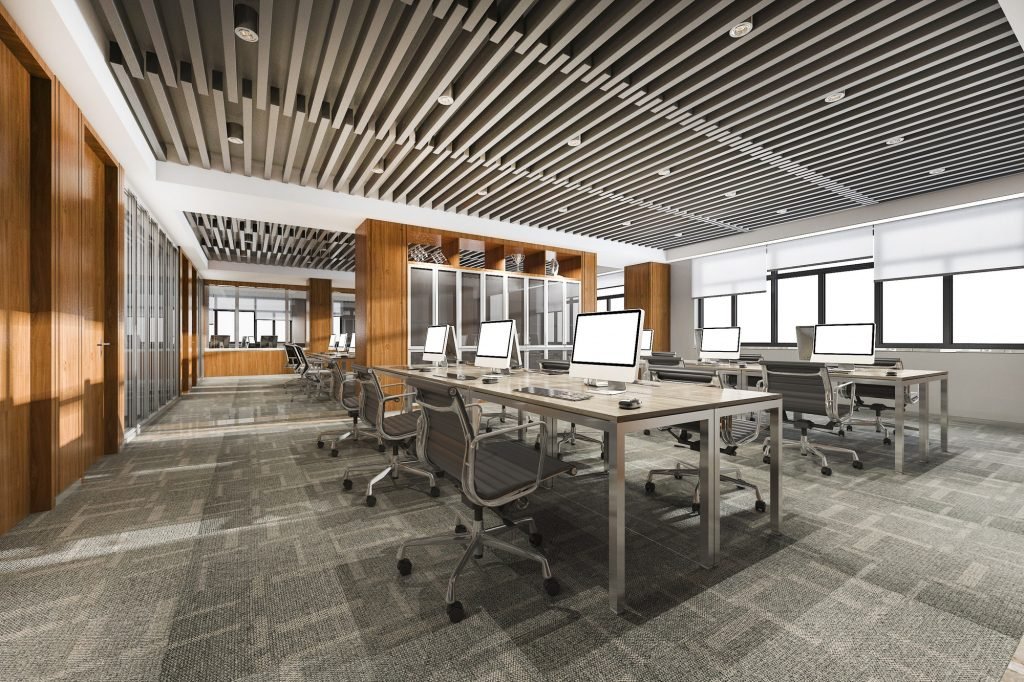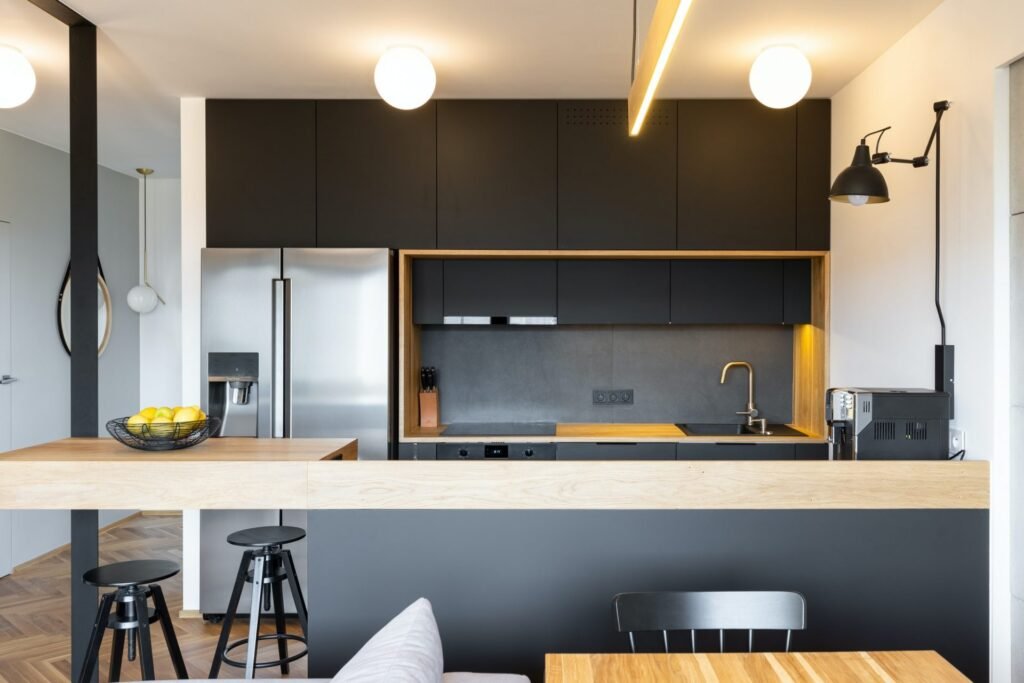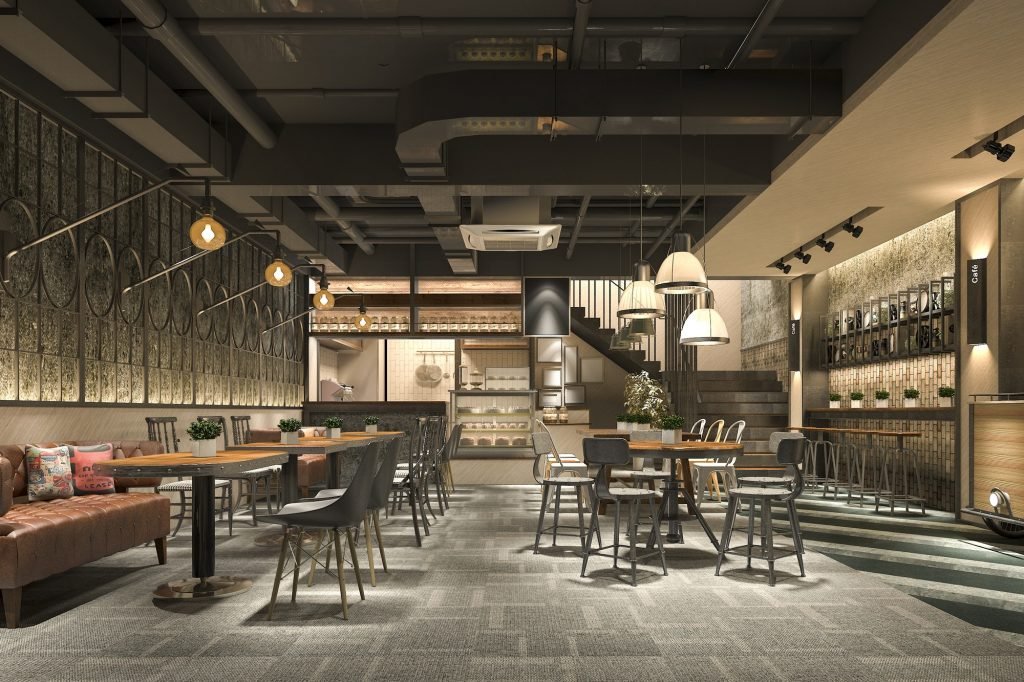Remodeling your bathroom can transform it into a relaxing retreat, a more functional space, or a stylish showpiece. Whether you’re in the heart of Harlem, the charming streets of Washington Heights, or the up-and-coming Inwood neighborhood, a bathroom remodel offers both comfort and value. This guide will walk you through the essential steps to remodel your bathroom, ensuring your project meets your needs and stays within budget.
Why Remodel Your Bathroom?
A bathroom remodel isn’t just about making things look nice; it’s about improving functionality, energy efficiency, and increasing the value of your home. Here’s why remodeling your bathroom in NYC is a smart decision:
Increased Home Value: Whether you live in a historic brownstone in Harlem or a more modern apartment in Washington Heights, a bathroom remodel can increase your property’s market value.
Improved Functionality: Older bathrooms often have cramped layouts or outdated plumbing. Remodeling fixes these issues by updating fixtures, creating better layouts, and boosting comfort.
Energy Efficiency: With energy-efficient lighting and water-saving fixtures, you can save on utility bills while doing your part for the environment.
Step-by-Step Bathroom Remodeling Process
Step 1: Set Your Budget
Setting a realistic budget is the first step in any remodeling project. The average cost of a bathroom remodel in NYC can vary based on factors like size, materials, and scope of work. Here’s a breakdown:
Basic Remodel: For cosmetic changes such as new fixtures, paint, and flooring, expect to spend around $10,000 to $12,000.
Mid-Range Remodel: If you’re replacing cabinetry, countertops, and tiles, the cost can range between $12,000 and $18,000.
High-End Remodel: For luxury finishes like marble countertops, designer fixtures, and custom cabinetry, costs can go above $20,000.
Step 2: Design Your Dream Bathroom
After you’ve established your budget, the next step is designing the bathroom. Consider the following:
Layout: If you’re working with a small space, you might want to consider maximizing storage or opting for a corner shower. Larger bathrooms might benefit from a freestanding tub or a double vanity.
Style: Do you want a modern, minimalist look or something more classic and traditional? Your style choice should reflect your personality and complement your home’s overall design.
Color Scheme: Lighter colors, such as whites, pastels, or neutrals, can make a small bathroom appear bigger. Darker tones add sophistication and coziness.
2.1: Choose Your Materials
Choosing the right materials is crucial for both style and durability. Here are some options:
Tiles: Ceramic, porcelain, and natural stone tiles are all popular choices for bathroom floors and walls. You can go with sleek, large tiles or small, patterned ones depending on your style.
Countertops: Materials like quartz, granite, and marble are durable and come in various designs that add elegance to your bathroom.
Cabinetry: Choose moisture-resistant wood or high-quality laminate. Soft-close drawers and custom storage can make a huge difference in bathroom function.
Step 3: Hire a Professional Contractor
A bathroom remodel involves plumbing, electrical work, and installing new fixtures, which can be tricky without professional experience. Here’s how to choose the right contractor:
Search for Local Experts: In neighborhoods like East Harlem or Inwood, look for local kitchen and bathroom remodeling contractors. Make sure to check their reviews and past projects before making a decision.
Get Multiple Quotes: Contact at least three contractors for quotes. Make sure they break down costs for labor, materials, and project timelines.
Verify Credentials: Ensure the contractor is licensed and insured. This protects both you and your home from potential issues during the remodel.
Step 4: Demolition and Prep Work
The demolition phase is necessary to make room for your new features. It includes removing outdated fixtures, tiles, and cabinets. If you have an older building in Washington Heights or Hamilton Heights, you may encounter unexpected challenges with plumbing and electrical systems, so be prepared.
Removing Old Fixtures: Your bathtub, toilet, and sink will likely be replaced with new ones. This may also include the removal of old flooring and tile.
Plumbing and Electrical Work: If your remodel requires layout changes (like moving the toilet or sink), your contractor will need to move plumbing lines and make adjustments to the electrical system.
Step 5: Installing New Features
Once the old fixtures are removed, it’s time for the new installations:
Tiling: Start with the walls and floors. Tiles should be laid carefully to avoid gaps or misalignments. Choose tiles that are easy to clean and match your design.
Install Fixtures: The bathtub, toilet, sink, and new cabinetry are put into place. Your contractor may also install any custom storage or shelving at this stage.
Plumbing and Electrical Installations: Once the major features are installed, your plumbing and electrical systems will be connected and tested.
Step 6: Finishing Touches
After the installation is complete, it’s time to add the final touches:
Mirrors and Lighting: A well-placed mirror can make a small bathroom feel bigger. Install task lighting around mirrors and ambient lighting for a cozy vibe.
Storage: Consider built-in shelves or custom cabinetry for efficient use of space. This is especially important in smaller bathrooms.
Accessories: Don’t forget the small details like new towels, shower curtains, and bath mats. These items can make a big difference in the overall look and feel of the room.
Step 7: Clean Up and Enjoy
After the construction dust settles, a final cleaning is required to remove any leftover debris. Once the bathroom is sparkling clean, you can finally enjoy your new, upgraded space!
Additional Tips for Remodeling a Bathroom in NYC
When remodeling in New York City, particularly in areas like Sugar Hill, Manhattanville, and Fort George, here are a few extra things to consider:
Space Efficiency: Many NYC apartments are small, so make sure to maximize storage and use compact fixtures. Consider a corner shower or a floating vanity to save space.
Building Codes: NYC has specific building codes for renovations, including for plumbing and electrical work. Make sure your contractor is familiar with these codes.
Permits: Depending on the scale of the remodel, you may need permits for structural changes, plumbing, or electrical work. Your contractor should help with the paperwork and permits.
FAQs About How to remodel a bathroom?
Q: How much does a bathroom remodel cost in NYC?
A: Bathroom remodels in New York City can cost anywhere from $10,000 to $20,000, depending on the size and complexity of the project.
Q: Do I need a permit to remodel a bathroom in NYC?
A: Yes, you will likely need a permit for plumbing or electrical work. Make sure your contractor handles the permitting process for you.
Q: How long does it take to remodel a bathroom?
A: Bathroom remodels usually take between 3 and 4 weeks, depending on the scope of the project.
Q: Can I remodel my bathroom myself?
A: DIY bathroom remodels are possible for simple tasks, like painting or replacing fixtures. However, for more complex changes, such as plumbing or electrical work, it’s best to hire a professional.
Q: How do I choose the best contractor for my bathroom remodel?
A: Look for local kitchen and bathroom remodeling contractors with positive reviews and the proper credentials. It’s a good idea to get quotes from at least three contractors to compare prices and services.
Call to Action
Are you ready to remodel your bathroom in East Harlem, Washington Heights, or Inwood? At NYC Remodel Experts, we specialize in small kitchen remodeling, bathroom renovations, and much more. Whether you’re looking for local kitchen contractors in New York or need help with kitchen renovation in East Harlem, we’ve got you covered. Contact us today for a free consultation!


